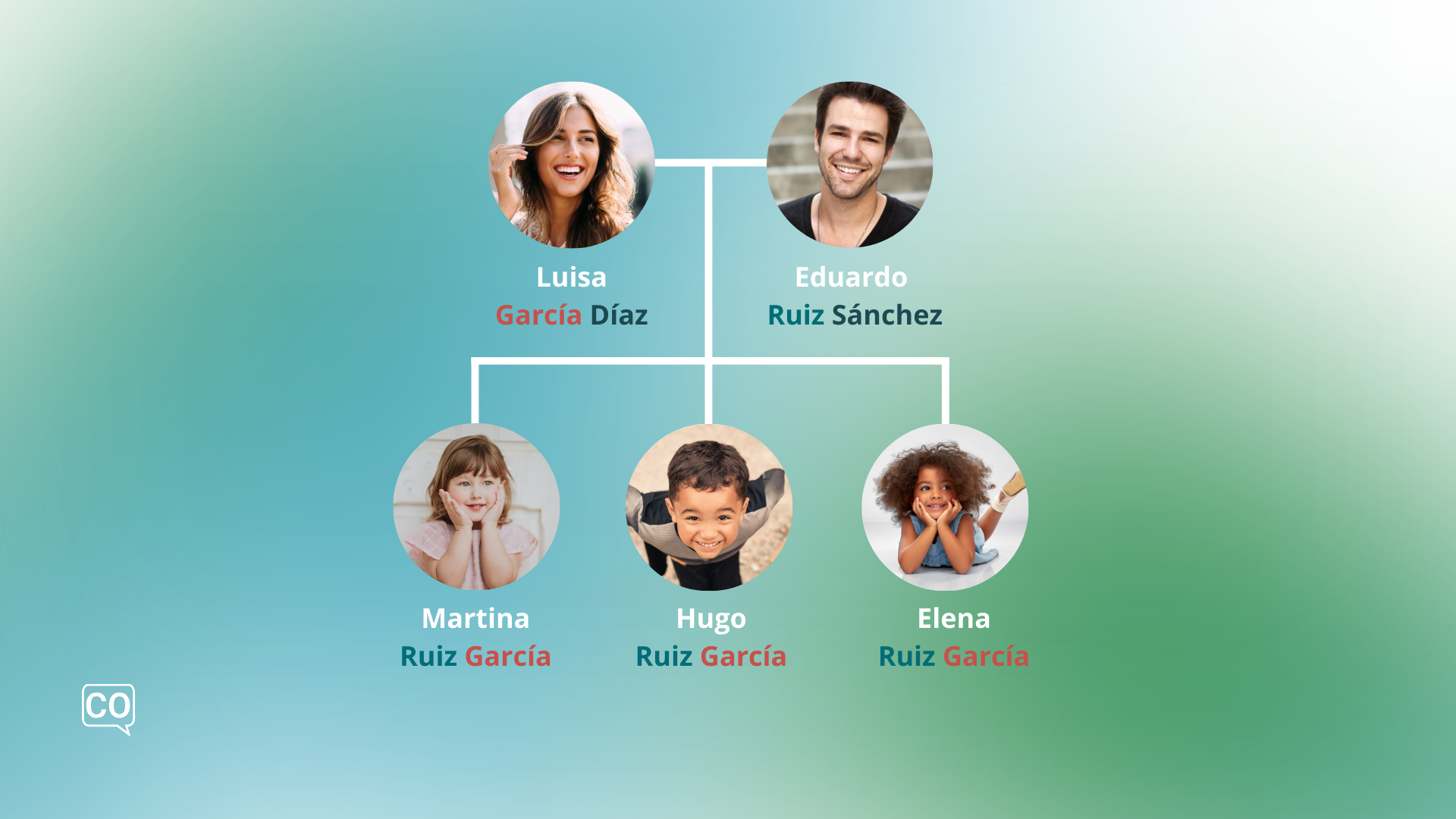Spanish A1.2.3 How to Introduce Yourself in Spain Share Copied!
Ways to introduce yourself: first and last name
Cultura: Cómo presentarse en España
Formas de presentarse: el nombre y el apellido

A1 Spanish Social norms and customs Spain
Level: A1
Module 1: Presentarse (To introduce oneself)
Lesson 2: Decir tu nombre (Telling your name)
Teaching guidelines +/- 10 minutes
Audio and video
Reading and listening exercise
Para presentarse se dice el nombre completo. Primero el nombre y luego los apellidos. Siempre hay dos apellidos. Primero el del padre y luego el de la madre. Esta tradición permite reconocer a las dos familias. En el nombre "Martina Ruiz García", "Ruiz" es el apellido del padre y "García" es el apellido de la madre. En situaciones formales es común usar los apellidos en lugar del nombre. Para un hombre se dice "Señor Pérez". Para una mujer se dice "Señora Sánchez".
Translation
To introduce oneself, you say the full name. First the first name and then the surnames. There are always two surnames. First the father's and then the mother's. This tradition allows recognising both families. In the name "Martina Ruiz García", "Ruiz" is the father's surname and "García" is the mother's surname. In formal situations, it is common to use the surnames instead of the first name. For a man, you say "Mr Pérez". For a woman, you say "Mrs Sánchez".
Exercise 1: Discussion questions
Instruction: Discuss the questions after listening to the audio or reading through the text.
- ¿Cuántos apellidos se usan en España?
- ¿Cuál es el apellido de tu padre? ¿Y el apellido de tu madre?
- ¿Cómo te presentas en tu país? ¿Es similar o diferente?
- ¿Cómo llamas a una mujer y a un hombre en una situación formal?

